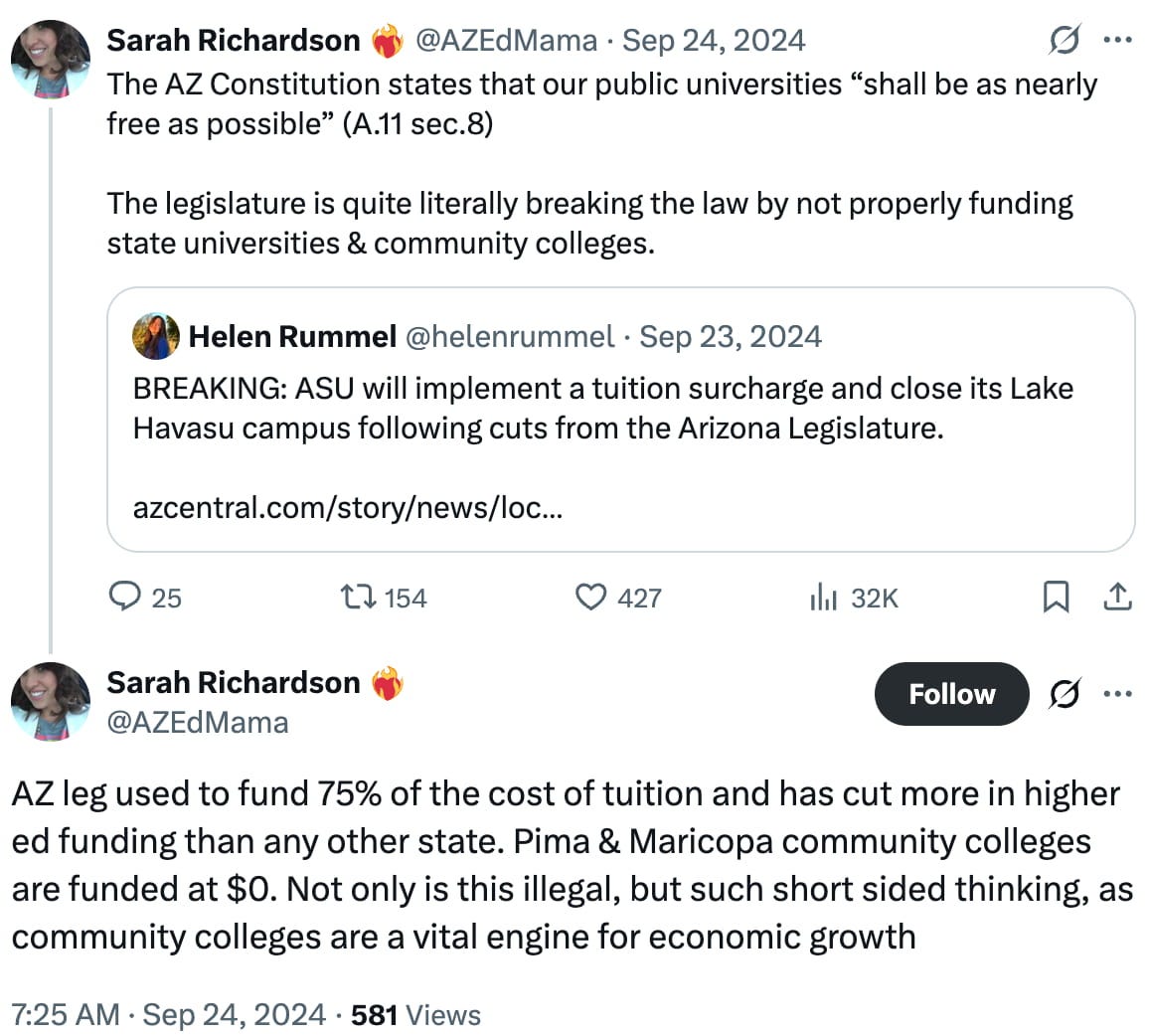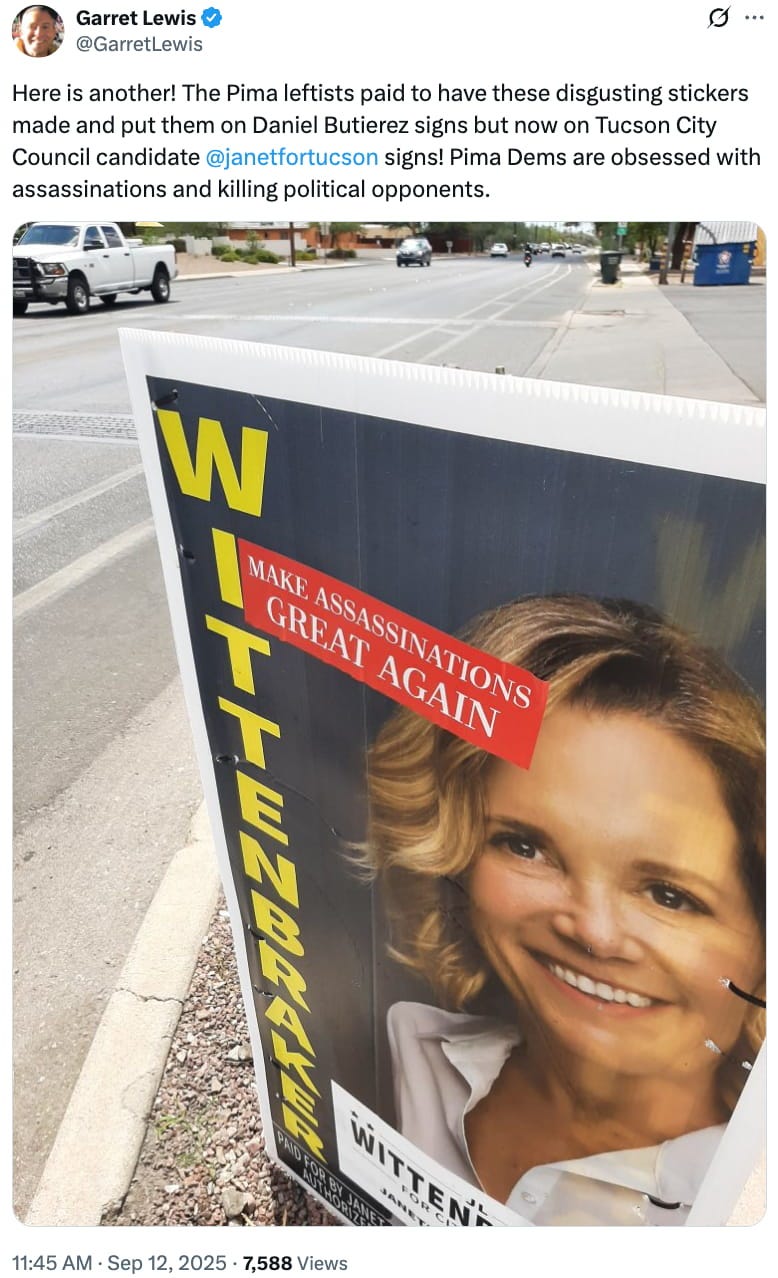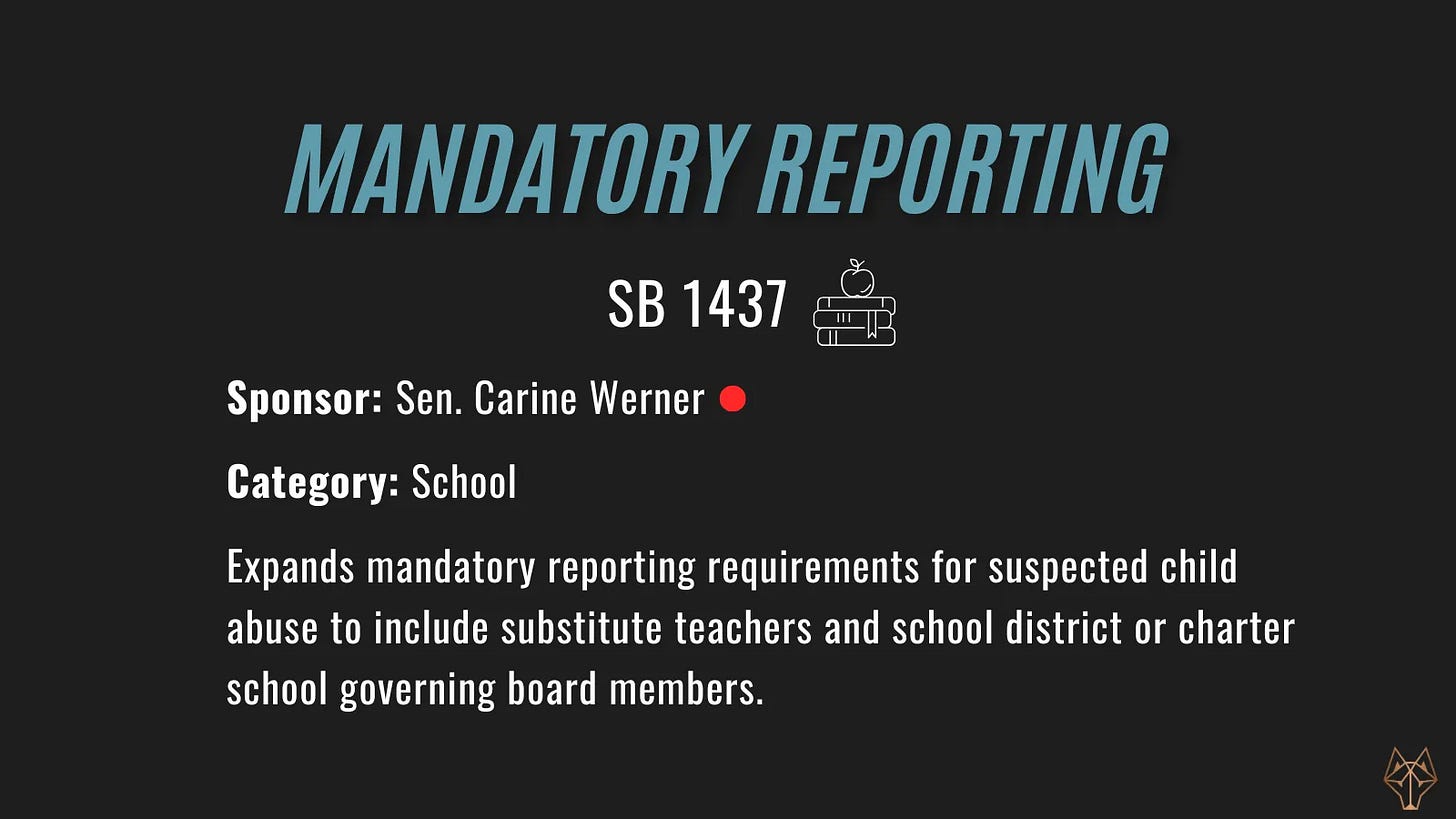A leg out from under PCC
Cuts hit PCC hard ... Turn off the tap ... And the wall only gets warm.
Two days before Pima Community College was set to open its doors to low-income and first-generation high school students this summer, the school got a letter from the U.S. Department of Education.
The feds cut $1.6 million in funding for Pima Community College’s Upward Bound program.
Dozens of Tucson families had already signed up their kids to attend the highly respected program, which offers students mentoring, counseling, college prep classes, and financial aid guidance.
That left the Pima Community College Governing Board with two choices — cancel the program or dip into reserves. The board chose the latter.
Whether the program can continue beyond this summer, though, is an open question.
And that’s just the start. Pima says it is watching more than $8 million in federal grants that have either been eliminated or are on the chopping block.
The college already lost $2.7 million this year, including:
$1.6 million from TRIO Upward Bound grants
$1.1 million for on-campus child care, known as CCAMPIS
Another $1.47 million is at risk, tied to discussions about eliminating funding for Hispanic-Serving Institution (HSI) programs. Both PCC and the University of Arizona have active, federally recognized programs.
And on top of that, the Trump administration wants to eliminate $716 million in funding for adult education, which pays for English-as-a-second-language instruction and GED classes.
A spokesperson for the Office of Management and Budget claimed in July that “many of these grant programs have been grossly misused to subsidize a radical leftwing agenda.”
That cut, if it happens, could cost Pima College as much as $4 million annually.
PCC Governing Board Chairman Greg Taylor says he’s proud the college covered Upward Bound this summer.
But he knows the math won’t work forever.
“The reality is that we can’t sustain that $4.1 million in federal cuts out of our operational funds,” Taylor said.
Pima’s annual budget is $332.7 million, but that has to cover everything from payroll to electricity across one of Arizona’s largest community college systems.
While critics may argue the college can find the money, Taylor said the economic realities are that the college is facing layoffs, no matter how it rearranges the budget.
Taylor said the school is exploring partnerships and community support to keep programs like Upward Bound and adult education alive. But the loss of adult education funding would be “devastating,” Taylor said.
“Our adult education doesn’t just serve traditional college students, it is for every walk of life,” he said. “The barriers to get a job (without a GED) can be insurmountable for some people.”
The college is working closely with Arizona’s congressional delegation to find solutions and lobby against further cuts, said Phil Burdick, Pima’s vice chancellor for marketing and communications.
“We are encouraged by strong bipartisan support from our local representatives,” Burdick told us.
This isn’t a new problem. Pima has long balanced on three revenue legs: tuition, property taxes and state/federal aid. Taylor points out that one leg was sawed off in 2009 when the state cut roughly $20 million a year in operating aid.
One-time grants, like a $1.7 million STEM/Workforce appropriation in 2023, have helped a little — but Taylor estimates the college has lost $209 million in state funding over the past 16 years.
Now, with federal money disappearing, Taylor says the stool is ready to topple.
“We’ve been balancing on two legs for a long time,” he said.
For now, Taylor said Pima is preparing for some difficult choices.
No details yet on what that might mean — tuition hikes, service cuts, or even a ballot measure.
But the signal is clear: Pima is warning that the outside money it has long relied on may not be there much longer.
We did warn you: The people behind Project Blue announced, as we’ve been predicting, that they want to build a new air-cooled version of their data centers on the city’s southeast side near the Pima County Fairgrounds. The new design will use a “closed-loop system” that will need far less water than their first proposal, but will use the same amount of energy.
Stay calm and vote on: As interest in Tucson City Council races continues to lag, it’s time to revamp the city’s hybrid election system that gives a huge advantage to Democratic candidates, Arizona Daily Star columnist Tim Steller writes. Meanwhile, the five candidates running for three seats on the council this year discussed violent political rhetoric, including the stickers that have started popping up on Republican candidate Janet Wittenbraker’s signs, at a forum on Monday, the Tucson Sentinel’s Jim Nintzel reports.
Pretty please: Water experts are urging water users in both the upper and lower basins of the Colorado River to cut back water use immediately, Arizona Daily Star reporter Tony Davis writes. Experts say reserves are being depleted so quickly along the Colorado River that they could be in a dire predicament in a year if water use is not curbed.
What’s an extra month?: Tucson saw one of the highest spikes in the length of its summer temperatures for the entire U.S., according to a report from climate change group Climate Central. The study, which Axios covered, calculated that Tucson has an additional 24 days of summer-like temperatures compared to 50 years ago. Meanwhile, Gila Monsters could be threatened by climate change, Inside Climate News reports, but more because it threatens their water and food supplies than because of the actual heat. They’re native to the Southwest U.S. and northern Mexico, but might have to roam further north to survive.
The Gila Monster is designated as a “near-threatened” species. We’d argue local independent news sources are on the endangered species list. But you can help with that!
Welcome home: About 30 people living in one of Tucson’s largest homeless encampments — the 100 Acre Wood Bike Park — will finally have a home as the city moves them into the Amazon Motel on Miracle Mile, AZPM’s Hannah Cree reports. The city bought the hotel in 2023 and used it as a low-barrier housing facility (meaning one that doesn’t police drug use), but is now turning it into a supportive housing model for the chronically homeless, with social services and life-skills coaching on site.
In Other, Other News
The City of South Tucson is spending $16,000 on 450 new street signs, many of which were stolen, damaged or unreadable after 15 years of not replacing them (Jacqueline Aguilar / KGUN) … The first 250 feet of what will become 27 miles of border wall is now standing in the San Rafael Valley in southeastern Arizona (Paul Ingram / Tucson Sentinel) … The Pima County Board of Supervisors extended the contract with NaphCare to provide health care at the County Jail, but they added a new provision that allows the county to withdraw from the contract with 120 days’ notice (John Washington / Arizona Luminaria) … And in Cochise County, a sales tax to support the local jail was thrown out, but some businesses are still charging the tax to their customers (Terri Jo Neff / Herald-Review).
T-minus eight days until Arizona’s general effective date. It’s the once-a-year moment when the bulk of new legislation actually becomes law. Next Friday, most of the 265 bills that Hobbs signed into law will hit the books.
Some bills already kicked in because of emergency clauses or budget ties, and others won’t start until 2026. But we’re giving you a heads up on what will take effect in just over a week.
We’re doing a series of webinars you can pop into to hear from your colleagues about how Skywolf, our legislative tracking software, can help your legislative workflow.
If you work for a state agency, join us today at 10 a.m. to see Skywolf in action and hear from a state agency about how it’s benefiting their public policy work.
If you’re a lobbyist or policy pro for a nonprofit or advocacy group, join us tomorrow at 10 a.m. to hear from a lobbying pro about how they use Skywolf to stay on top of the madness at the Capitol.
On Thursday, September 25, we’ll show you a workflow designed specifically for policy professionals working at municipalities, and on Friday, September 26, we’ve got a webinar designed specifically for associations.
Today’s award for “best detail in a local news story” goes to the Tucson Sentinel’s Paul Ingram, who noted in his piece about the new border wall that “the president and DHS officials have demanded the paint job as a ‘deterrent,’ hoping the steel will heat up and burn the hands of those climbing the barrier.”
The detail we loved?
“By late afternoon in the Arizona valley on Monday, the new panels were barely warm to the touch.”
The whole idea that painting the border wall black will make it hotter and deter people from climbing it isn’t new — the last time Donald Trump was president, he was adamant that the border wall be painted black and “topped with sharpened tips.”
Here’s a few of our favorite quotes from reporting at the time.
“The president’s determination to have the steel bollards coated in black has fluctuated during the past several years, and military commanders and border officials believed as recently as last fall that they had finally talked him out of it. They consider the black paint unnecessary, costly and a significant long-term maintenance burden, and they left it out of the original U.S. Customs and Border Protection design specifications. … Administration officials have stopped trying to talk him out of the demands, and the U.S. Army Corps of Engineers is preparing to instruct contractors to apply black paint or coating to all new barrier fencing, the communications show.” — Washington Post, 8/27/2019.
“At one of his golf clubs, Trump said they had a snack shop between holes and they had put in a black granite countertop. When his group of golfing partners went to order their hotdogs and drinks, he said the countertop was hot and momentarily burned their arms when they touched it.” —Washington Post, 5/6/2020









Thank you for reporting on our local community college, Pima Community College. You are right in describing PCC as a local treasure. It has been for more than 55 years now.
It is sad learning the details of how programs at PCC designed to lift the most vulnerable among us are being targeted for defunding. There is a pattern here: target Medicaid, food stamps, education for the purpose of clawing back the funds in order to finance huge tax cuts for the wealthy and make life even more difficult for the vulnerable. We need to talk again about lifting all boats and less about eliminating the vulnerable.
Pima Community College is not the only community college in the state facing these drastic cuts. I currently work at Central Arizona College and formerly worked at Mesa Community College., and along with other two-year colleges in the state -- and the nation -- both are having financial problems due to cuts from the current federal administration.
Many of the community colleges and public universities in Arizona, like PCC, are "Hispanic-serving institutions" facing difficulties because of cuts to this group of schools. (There isn't really a Hispanic/Latino equivalent to Native American tribal colleges or HBCUs, historically Black colleges and universities, to which the administration is diverting some funds.)
https://www.bestcolleges.com/news/trump-admin-ends-grants-minority-serving-institutions/
https://www.nytimes.com/2025/08/04/magazine/trump-community-college-anti-dei.html